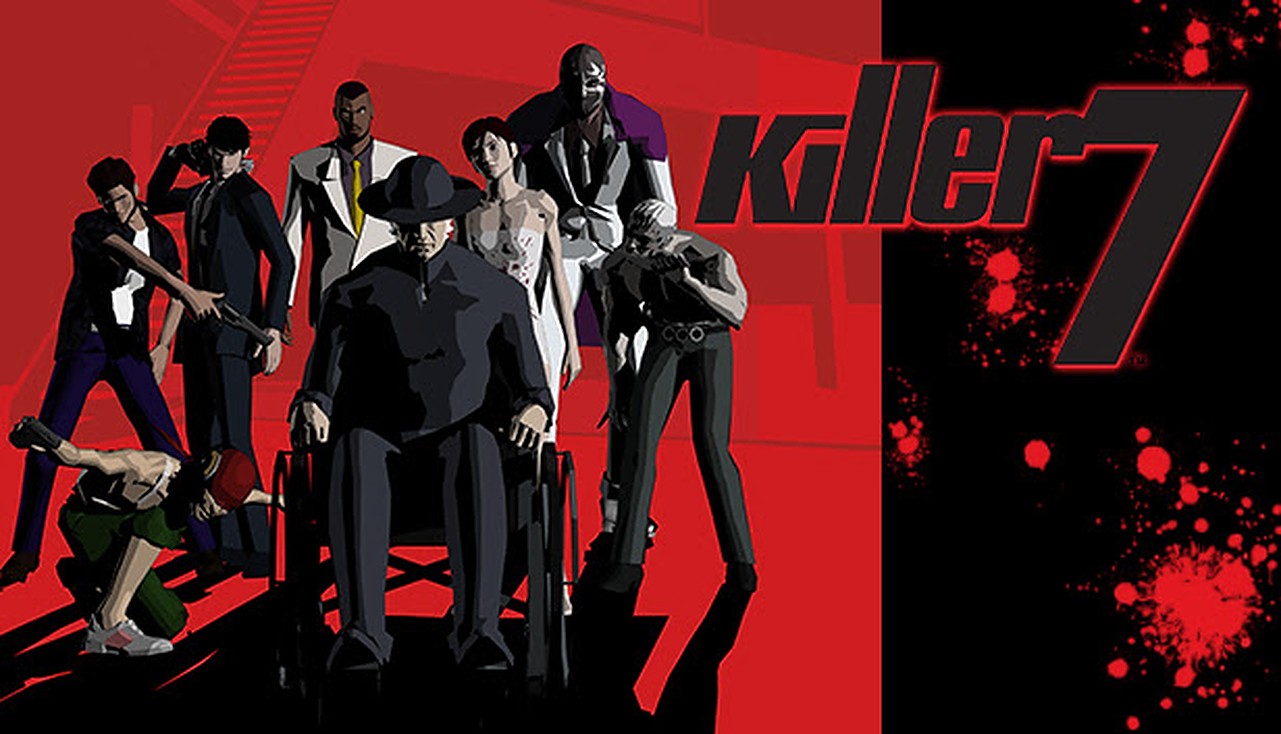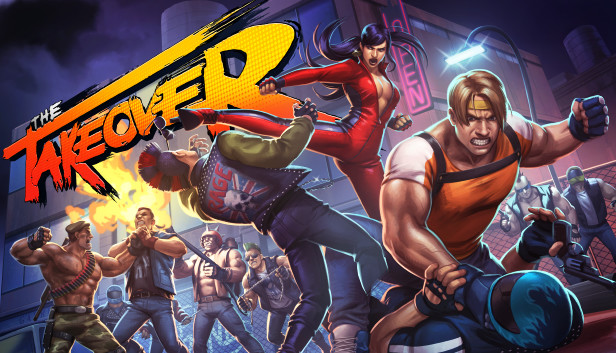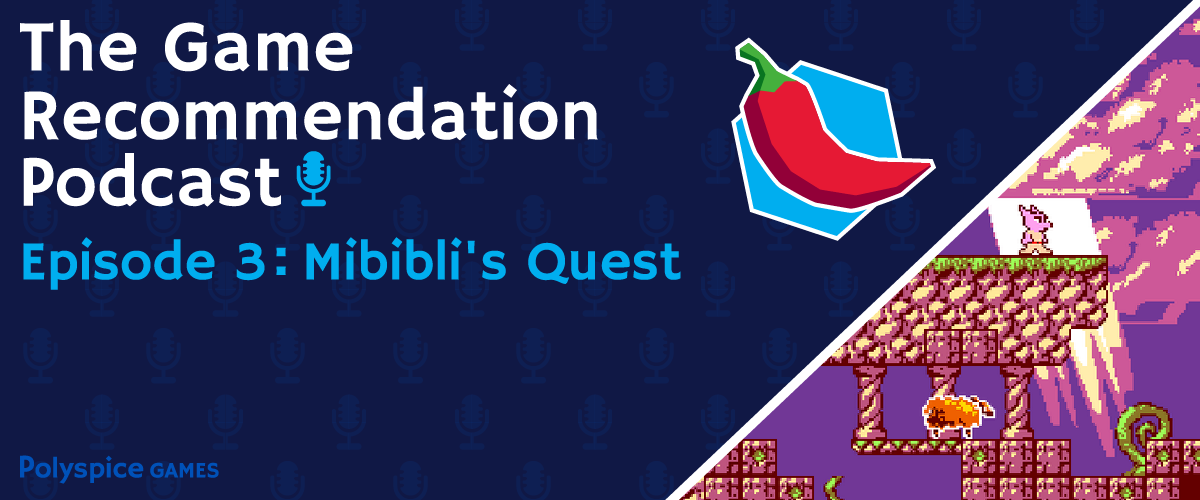There’s nothing else quite like Killer7. It’s cool, creepy, fun and truly unique. You owe it to yourself to try it at least once.
Tag: indie games
Introduction The Takeover isn’t a huge game.But I do hope it will be remembered in the years to come. Many folk look on yesteryear fondly.I…
On this month’s episode of the Polyspice Game Recommendation Podcast; Thorbjorne, Robert, Gerardo, Daniel and Greyson discuss the experimental, art-house style 2D Platformer Mibibli’s Quest!…
There are a lot of interesting creators in the video game industry. There are mainstream Triple-A developer with huge budgets and heavy duty marketing, smaller…
Moonsprout Games’ turn-based RPG Bug Fables: The Everlasting Sapling is a love letter to the first two games in the Paper Mario series. Those first two entries in the…






